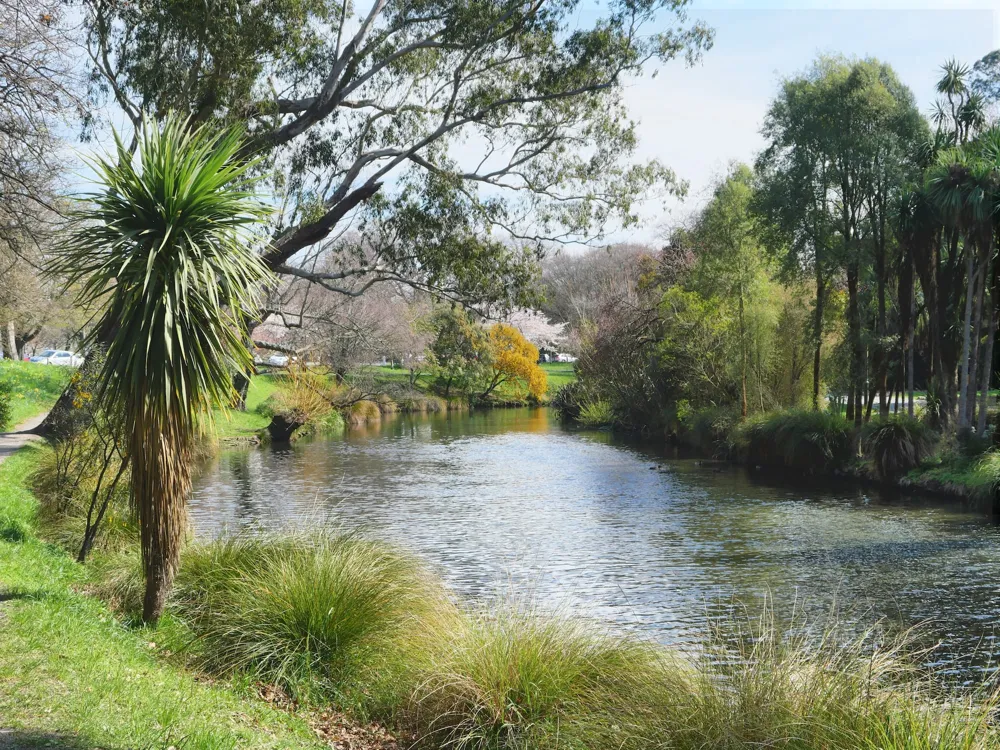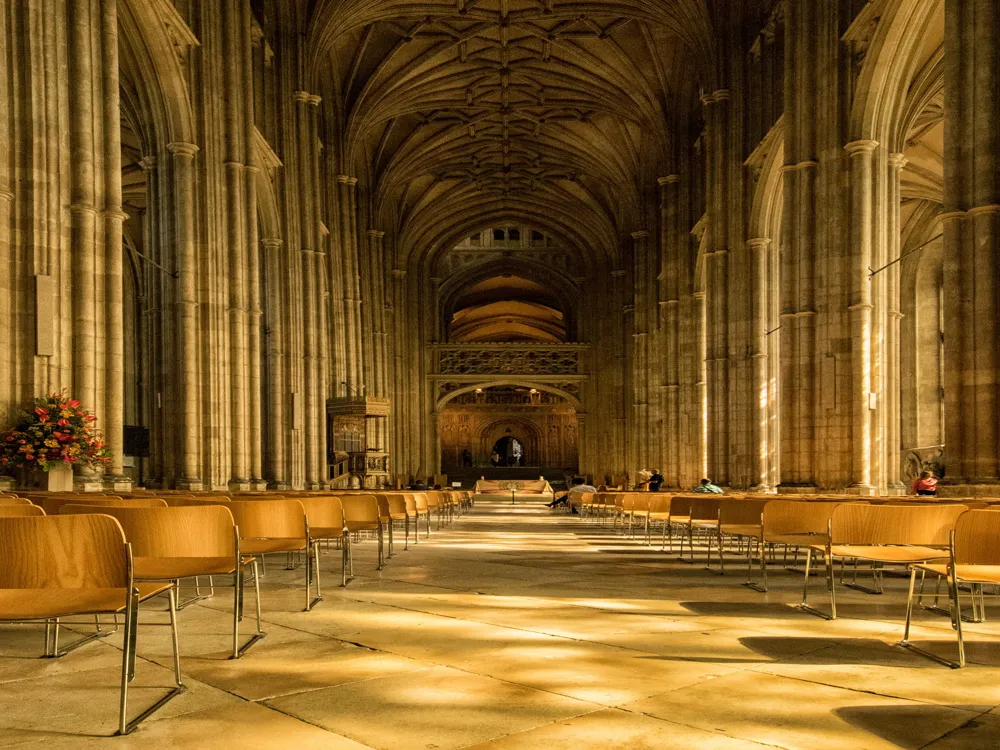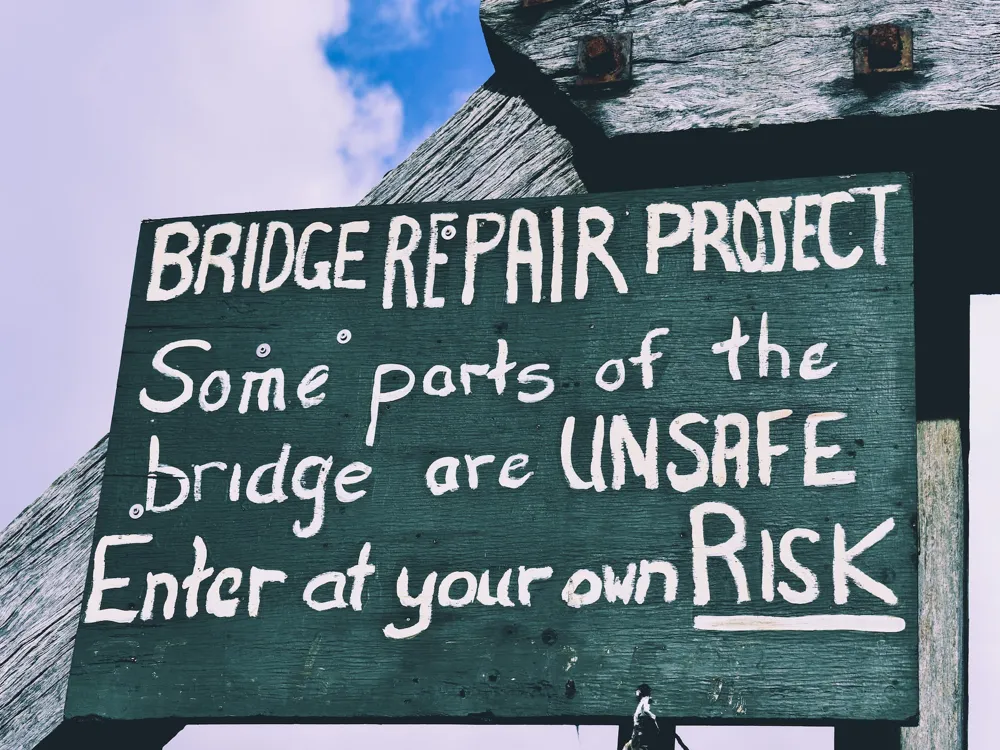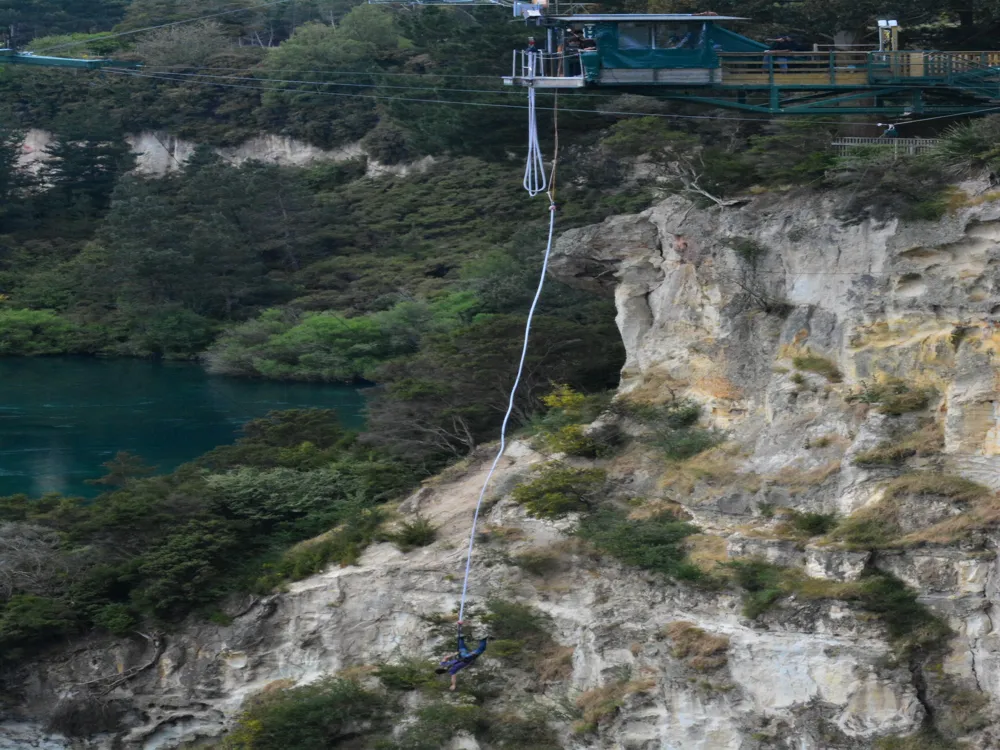The Cardboard Cathedral, officially named the Transitional Cathedral, in Christchurch, New Zealand, stands as a symbol of resilience and innovation following the devastating earthquakes that struck the city in 2010 and 2011. Designed by the renowned Japanese architect Shigeru Ban, this unique structure is a temporary replacement for the historic Anglican Cathedral damaged in the quakes. The Cardboard Cathedral's design, primarily composed of cardboard tubes, has not only captivated the world for its unconventional building materials but also for its environmental sustainability and architectural ingenuity.
The significance of the Cardboard Cathedral extends beyond its physical form; it represents the spirit of the Christchurch community and its determination to rebuild and heal. The cathedral has become an iconic landmark, attracting visitors from around the globe, drawn to its distinctive architecture and the story of resilience it symbolizes. Inside, the cathedral is both a place of worship and a community space, hosting various cultural and social events, reflecting the diverse needs of the Christchurch community.
The building's structure is mainly comprised of 98 equally sized, coated cardboard tubes, making it lightweight yet surprisingly sturdy. The cathedral can seat approximately 700 people, and its A-frame shape is not only visually striking but also functionally effective in withstanding seismic activity. The translucent polycarbonate roof allows natural light to flood the interior, creating an atmosphere of warmth and openness. The cathedral's temporary nature is a reminder of the transitory phase of Christchurch's rebuild, yet its impact and legacy are undeniably permanent in the city's history and identity.
The Cardboard Cathedral's architecture is a remarkable blend of innovation, sustainability, and symbolic design. Shigeru Ban, known for his work with paper and cardboard as building materials, conceptualized the cathedral as a response to the need for a quick and efficient solution to replace the damaged Anglican Cathedral. The use of cardboard tubes, a material often associated with temporary structures, challenges conventional architectural norms and demonstrates the potential of recyclable materials in large-scale constructions.
Each cardboard tube used in the construction is coated with waterproof polyurethane and flame retardants to ensure durability and safety. The tubes are supported by a series of wooden beams and steel frames, creating a stable and resilient structure. The cathedral's design incorporates an A-frame shape, not only for its aesthetic appeal but also for its structural integrity, especially in a region prone to seismic activity. The choice of materials and design principles reflect Ban's commitment to environmentally sustainable architecture and his innovative approach to addressing the challenges of disaster relief construction.
The interior of the Cardboard Cathedral is equally impressive. The high ceiling, accentuated by the sloping angles of the A-frame, creates a sense of spaciousness and grandeur. The play of light through the polycarbonate roof panels and the exposed cardboard tubes creates a warm, inviting atmosphere. The interior design is minimalistic, focusing on the natural beauty and texture of the materials used, allowing visitors to reflect on the structure's purpose and the broader context of its creation.
The Cardboard Cathedral is not just a building; it's a testament to human creativity and resilience. It challenges the boundaries of traditional architecture and stands as an example of how innovative design can create meaningful and functional spaces in the wake of disaster.
Before visiting the Cardboard Cathedral, it's advisable to check the cathedral's official website for current opening hours and any special events or services that might affect public access. Photography is allowed inside, but be respectful of any ongoing religious or community events. The cathedral is wheelchair accessible, ensuring inclusivity for all visitors.
While the Cardboard Cathedral is a popular tourist attraction, it's important to remember that it's a place of worship and community significance. Visitors are encouraged to maintain a respectful demeanor, keeping noise levels to a minimum and dressing modestly. Participating in or observing any religious services requires particular sensitivity and respect towards local customs and practices.
Take your time to appreciate the unique architectural features of the Cardboard Cathedral. Notice the details of the cardboard tubes, the structural design, and the way natural light plays inside the space. Informational plaques and displays inside the cathedral provide insights into its design and construction, enhancing your understanding of this architectural marvel.
The Cardboard Cathedral is located in the heart of Christchurch, making it easily accessible by various modes of transportation. If you're staying in the city center, the cathedral is within walking distance from most areas. For those staying further out, public buses serve the area regularly. If you prefer driving, there is limited street parking available near the cathedral. For international visitors, Christchurch International Airport is the closest air gateway, and from there, taxis, shuttles, and public transport are available to reach the cathedral.
Overview of the Cardboard Cathedral in Christchurch
Architecture of the Cardboard Cathedral
Tips When Visiting the Cardboard Cathedral
Planning Your Visit
Respecting the Space
Exploring the Architecture
How to Reach the Cardboard Cathedral
Cardboard Cathedral
Christchurch
₹ 73,500 onwards
View christchurch Packages
Weather :
Tags : Church & Cathedral
Timings : 9 AM - 5 PM
Planning a Trip? Ask Your Question
Christchurch Travel Packages
View All Packages For Christchurch
Top Hotel Collections for Christchurch

Private Pool

Luxury Hotels

5-Star Hotels

Pet Friendly
Top Hotels Near Christchurch
Other Top Ranking Places In Christchurch
View All Places To Visit In christchurch
View christchurch Packages
Weather :
Tags : Church & Cathedral
Timings : 9 AM - 5 PM
Planning a Trip? Ask Your Question
Christchurch Travel Packages
View All Packages For Christchurch
Top Hotel Collections for Christchurch

Private Pool

Luxury Hotels

5-Star Hotels

Pet Friendly






















